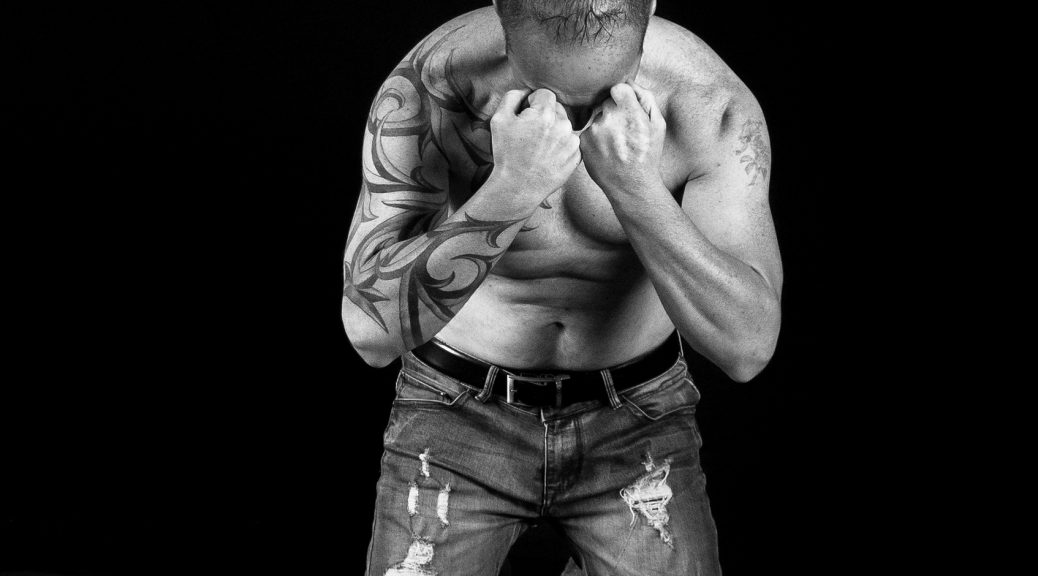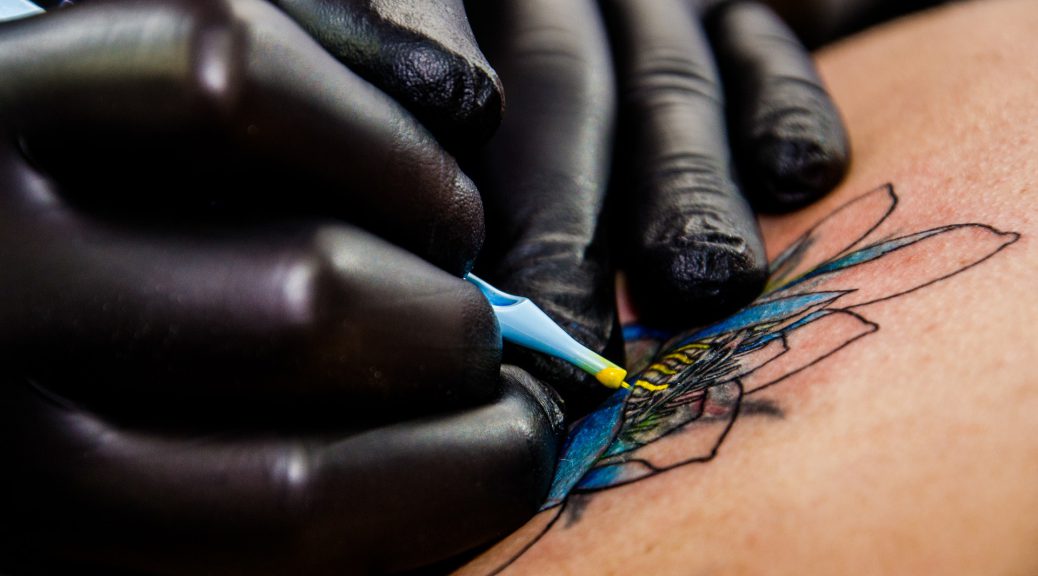Visual imaginary translated into inking two layers of the skin, is indeed permanent.
Hence interpretation cannot be impetuous.
It’s not all fair if you choose to repair(pent), cosmetology is your only antidote
Dr. Vikram of Nova Cosmetic Surgery Centre will take us through the course of tattoo confiscation.
Glossary to Inking
1. Ink: Usage of metallic ink to organic makes the removal a tougher process. Organic ink could also fade off with time and is easier to drop.
2. Professional vs Amateur: Professionals are trained to handle the depth of the needle. An Amateurs inking would pose to be a problem during the removal process, since the depth the needle could have pierced deeper.
3. Colours: Single or monochromes hues are easy to erase.
4. Skin type: Lighter skin tones behave better to laser; removal is easier to darker skin tones
5. Tattoo Studios: An amateur artist or studio could attract air borne diseases.
Pain to re-Gain
1. Surgical
2. Grafting
3. Melanocyte transfer
4. LASER (Q switched ND-YAG LASER and PICO sure)
5. Fractional Co2 resurfacing LASER
The Process to Correction
a. Surgical removal: show almost instant results. This method is done by carving layers of skin to the fat tissue. This is done in the chest region. The procedure would leave a linear cut scar. This procedure is usually not advised. The costs vary between eight thousand to ten thousand rupees.
*the cost would vary again on the hospital, city you live at, the year and economic fluctuation.
b. Grafting: Skin is harvested from another part of the body, usually the inner area of the thigh or areas where the donor area scar is inconspicuous and grafted to the area of the tattoo (after removing the tattoo). This method would usually leave a dark patch in the area of the grafting. The costs would vary between fifteen to twenty thousand rupees.
*the cost would vary again on the hospital, city you live at, the year and economic fluctuation.
c. Melanocyte transfer: Is an alternative to grafting. The superficial skin in the area of inking is abraded and small skin graft is taken from behind the ear, through melanocytes. The cells giving colour to the skin is extracted from the skin and sprayed to the abraded area. The results are finer to grafting. This method would cost rupees twenty thousand a convening.
*the cost would vary again on the hospital, city you live at, the year and economic fluctuation
d. LASER: Is the most used method, requires a least of six conveying’s spreading over six months, yet depending on the scale, depth and colour used the tenure of treatment could range to twenty-four months. The Q Switched ND- YAG Laser widely is used. The PICO sureis the most advanced LASER now. PICO sure is more expensive than the Q Switched ND-YAG. The Q switched ND-YAG costs usually vary from two thousand to five thousand rupees a sitting.
*the cost would vary again on the hospital, city you live at, the year and economic fluctuation.
e. Fractional resurfacing Co2 LASER: Usually the last process. This method is to remove a ghost image (an outline of the inking that still is faintly visible), Even if it’s the final process the doctor could decide to do a resurfacing in-between depending on his scheme of deletion.
Know your Machines
Results are varied subject to the machinery used for the process.
Compromising on the cost of the apparatuses could mean poor quality output.
Apparatuses manufactured in the United States of America and France work cream, equated to the machines manufactured in China and Korea.
PICO sure is a fresh intervention to the cosmetology clinics in India. Owing to the muscle of the expenditure the machine is obtained at. Clinics tend to stick with Q-switched. The result of the PICO sure machine would be improved nevertheless would reflect on how burrowed your pocket can get.
Doctor Vs Posing Doctors
A doctor’s expertise plays an important role in the removal. The LASER settings and dosage is a major factor. An unsupervised machine or inexperienced person could burn the skin beyond revival.
Food of Thought
Dr. Vikram articulates, cosmetology is not only for the affluent, needless over-charging at several clinics make believe it is an affluent affair.
“The plans of the diligent one make for advantage, but everyone that is hasty heads for want. –(Proverbs)


